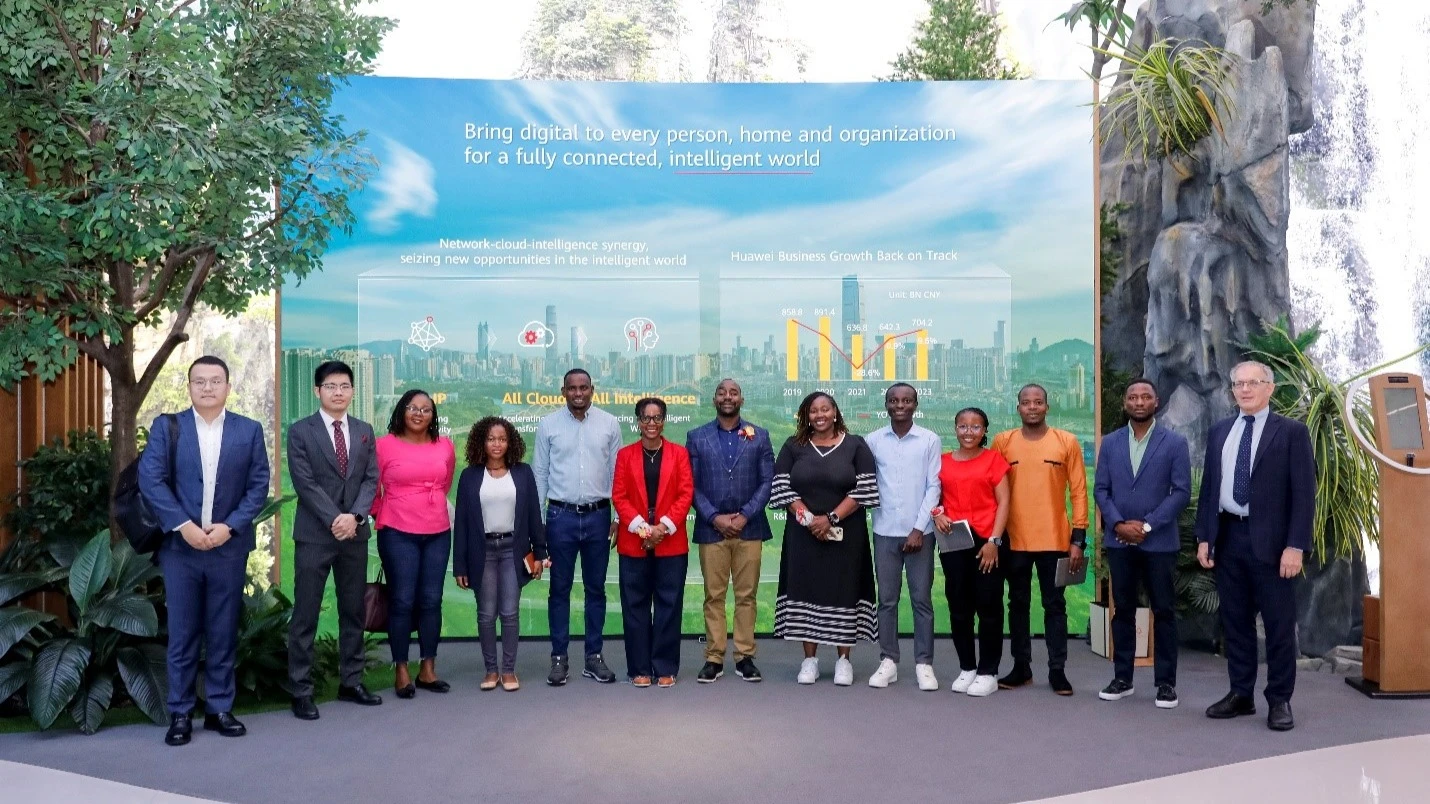A Landscape of growth, innovation, challenges of Tanzanian banking sector 2025

The Tanzanian banking sector in 2025 stands at a fascinating crossroads.
Riding on the back of a steadily growing economy and a concerted push towards financial inclusion, the sector has witnessed significant expansion and transformation.
However, this progress is not without its complexities, as the industry navigates evolving regulatory landscapes, technological disruptions, and the imperative to deepen its reach across all segments of society.
Fitch Solutions forecast that Tanzania's banking sector asset growth will accelerate slightly from an anticipated 18.0 percent y-o-y at end-2023 to 18.5 percent y-o-y at end-2024, before slowly to 17.8 percent by end-2025.
The data from early 2025 paints a picture of a resilient and expanding banking sector. Total deposits reached approximately 67trn/- , a testament to increasing public confidence and effective deposit mobilization strategies. This strong deposit base positions the sector well to finance investments and support broader economic activities.
Furthermore, the Bank of Tanzania (BoT) reports a comfortable capital adequacy ratio, standing at 21 percent above the regulatory minimum of 10 percent. This indicates a strong capacity to absorb potential shocks and supports further lending activities.
Asset quality has also shown notable improvement. The non-performing loan (NPL) ratio has significantly decreased from 9 percent in 2020 to a commendable 3.3 percent in early 2025, falling below the desirable benchmark of 5 percent.
This reflects enhanced credit risk management practices and the effectiveness of regulatory measures implemented by the BoT. The return on equity (ROE) has risen to 25 percent, and the return on assets (ROA) has surpassed 6 percent, highlighting improved profitability within the sector.
Tanzania has made significant strides in financial inclusion, with the rate climbing from a mere 16 percent in 2009 to 70 percent by 2024. This progress has been largely driven by the proliferation of mobile money services and the expansion of microfinance institutions.
Agent banking has played a crucial role in extending financial services to previously unbanked populations, with the number of agents increasing by 41.1 percent in 2023, reaching over 106,000. Deposit transactions through these agents also saw a substantial rise of 21 percent in the same year.
However, significant disparities persist. While urban areas boast a financial access rate of 85 percent, rural regions lag considerably behind at 55 percent. This urban-rural divide underscores the need for targeted interventions to ensure that the benefits of financial inclusion reach all corners of the country. The government's ambitious targets of 75 percent financial inclusion by the end of 2025 and 90 percent by 2030 necessitate continued focus on addressing these regional inequalities.
Technology continues to be a major catalyst for change in the Tanzanian banking sector. Mobile banking has witnessed substantial growth, with the number of subscribers reaching 9.48 million in 2024, a 5.41% increase from the previous year. The volume of mobile banking transactions surged by an impressive 76.04 percent growth in 2024, indicating a growing trust and reliance on digital financial services. The value of these transactions also recovered strongly in 2024, reaching 29.92trn/-, a 17.32 percent increase.
Mobile money continues its upward trajectory, with transactions increasing by 26.73 percent in 2024, reaching 6.41 billion. The value of these transactions also grew by 28.54ercent to 198,859bn/- . The emergence of virtual cards by mobile operators has further expanded digital payment options, with registrations growing by 60.37 percent in 2024. The Tanzania Instant Payment System (TIPS) has facilitated real-time payments across different financial providers, improving efficiency and liquidity management.
Fintech is increasingly recognized for its transformative potential. Digital financial services are experiencing significant growth, and the digital assets market is projected to reach USD 5.70 million in assets under management in 2024, with an anticipated revenue growth rate of 23.90 percentby 2025. Banks are increasingly partnering with or investing in fintech solutions to enhance efficiency, improve service quality, and expand their customer base.
However, the impact of fintech on bank efficiency appears to vary by bank size, with larger banks currently benefiting more significantly from advanced technology adoption.
The regulatory environment continues to shape the Tanzanian banking sector. Recent developments include the issuance of the Foreign Currency Usage Regulations, 2025, which mandate that all goods and services within Tanzania be priced and paid for in Tanzanian shillings, with limited exceptions. Existing foreign currency contracts are required to be amended within one year. These regulations aim to promote the use of local currency and manage potential exchange rate risks.
Furthermore, the Microfinance Regulations, 2025, have introduced key changes for non-deposit-taking microfinance service providers, streamlining licensing processes, broadening integrity assessments, and clarifying procedures for CEO and board appointments, as well as business closures. These amendments aim to enhance transparency, accountability, and the overall stability of the microfinance sub-sector.
Despite the positive trends, the Tanzanian banking sector still faces several challenges. High compliance costs associated with stringent regulations continue to impact the operational expenses and profitability of banks. Bridging the urban-rural gap in financial inclusion remains a critical task, requiring innovative and targeted approaches. While the NPL ratio has improved, maintaining asset quality in the face of potential economic fluctuations is an ongoing concern.
However, these challenges also present significant opportunities. The large unbanked population, particularly in rural areas, represents a substantial potential customer base for banks and financial service providers. The continued advancement of digital technologies offers avenues for developing innovative and cost-effective solutions to reach underserved populations and enhance service delivery. The government's commitment to financial inclusion and economic growth provides a supportive environment for the sector's further development.
The Tanzanian banking sector in 2025 is dynamic and evolving. The robust growth, improving stability, and increasing adoption of digital technologies paint a promising picture.
However, addressing the persistent challenges of financial inclusion disparities and navigating the evolving regulatory landscape will be crucial for sustained and inclusive growth. The sector is poised for further transformation as it embraces innovation and seeks to deepen its role in supporting Tanzania's economic development aspirations. The coming years will likely see increased competition, further technological integration, and a continued focus on expanding access to financial services for all Tanzanians.
Top Headlines
© 2025 IPPMEDIA.COM. ALL RIGHTS RESERVED

























